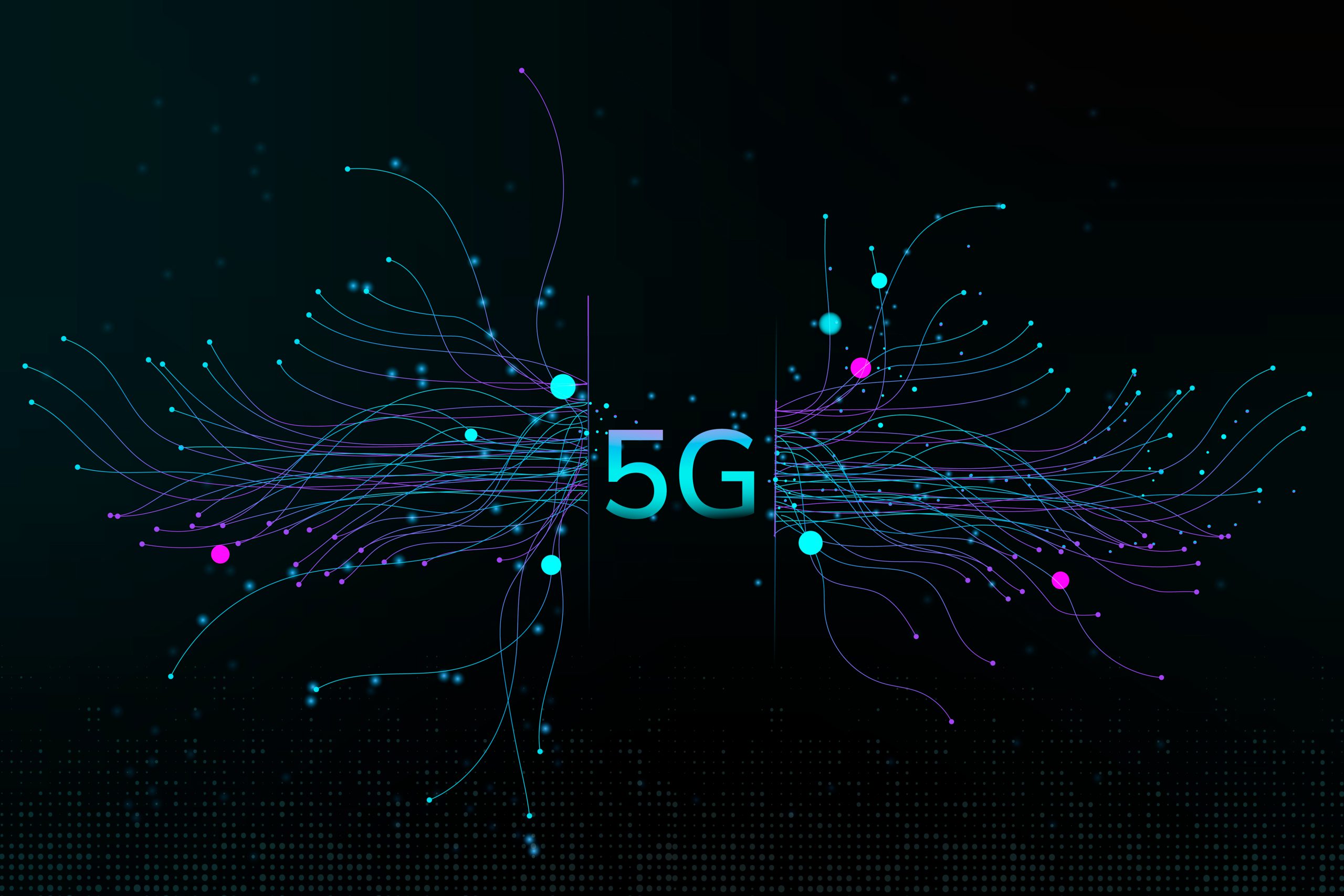Introduction
In a world where artificial intelligence (AI) has become a ubiquitous presence, the question on everyone’s mind is: “Can AI truly understand and feel our emotions?” As AI systems grow more sophisticated, the quest to develop emotionally intelligent machines has taken center stage. This blog post examines the current state of AI emotional intelligence, its implications, and what the future may hold for human-AI interactions.
Understanding AI Emotional Intelligence
Emotional intelligence in AI refers to the machine’s ability to recognize and respond to human emotions appropriately. Advanced algorithms and neural networks enable AI to analyze verbal and non-verbal cues such as tone, facial expressions, and body language to interpret emotions.
Current Technologies and Innovations
Today, we see the integration of emotional AI in various sectors, from customer service bots that can detect frustration in a person’s voice to companionship robots that provide support by recognizing signs of sadness or joy.
Challenges and Ethical Considerations
Despite progress, AI still faces significant challenges in accurately interpreting complex human emotions. Moreover, the ethical dimensions of emotionally intelligent AI are a subject of intense debate. Issues such as privacy, autonomy, and the potential for manipulation are of paramount concern.
Implications for the Future
As we forge ahead, emotionally intelligent AI could revolutionize how we interact with technology. From improving mental health support to creating more personalized user experiences, the potential benefits are vast. However, it is crucial to proceed with caution to ensure these advancements serve humanity positively.
Conclusion
While AI’s ability to truly “feel” remains within the realm of science fiction, its capability to understand and react to our emotions is rapidly advancing. We stand on the brink of a new era where emotionally intelligent machines could become an integral part of our daily lives.






